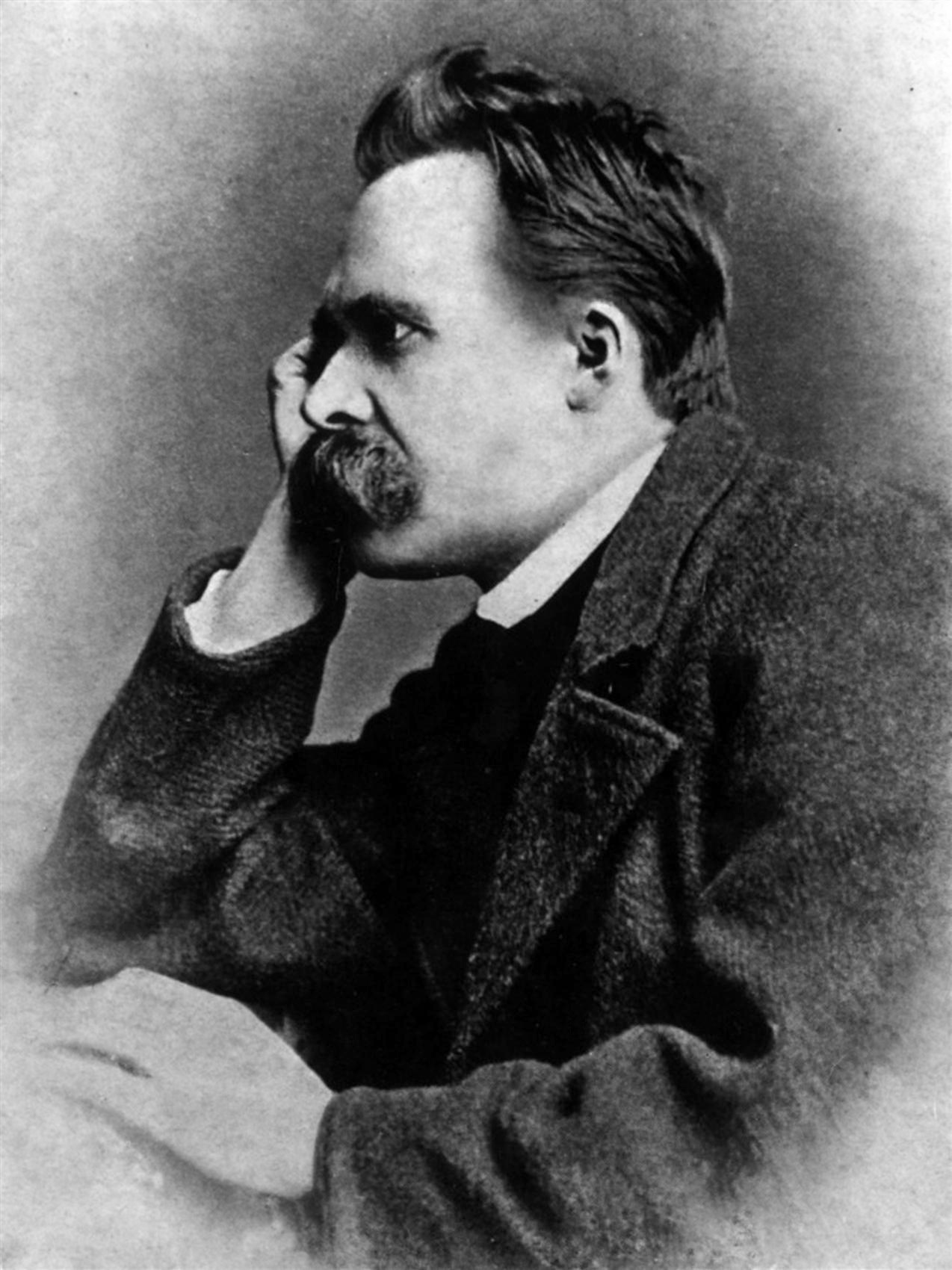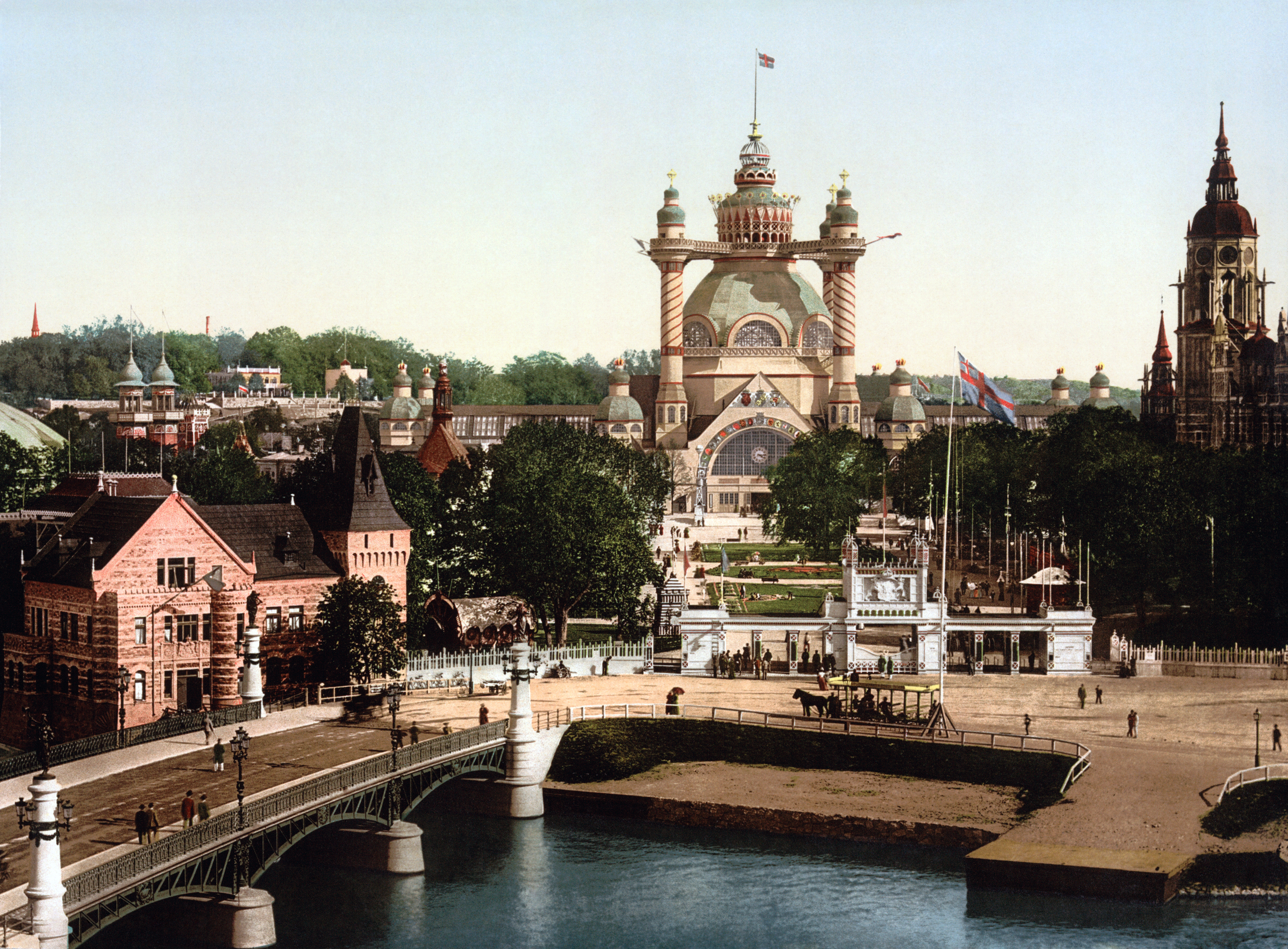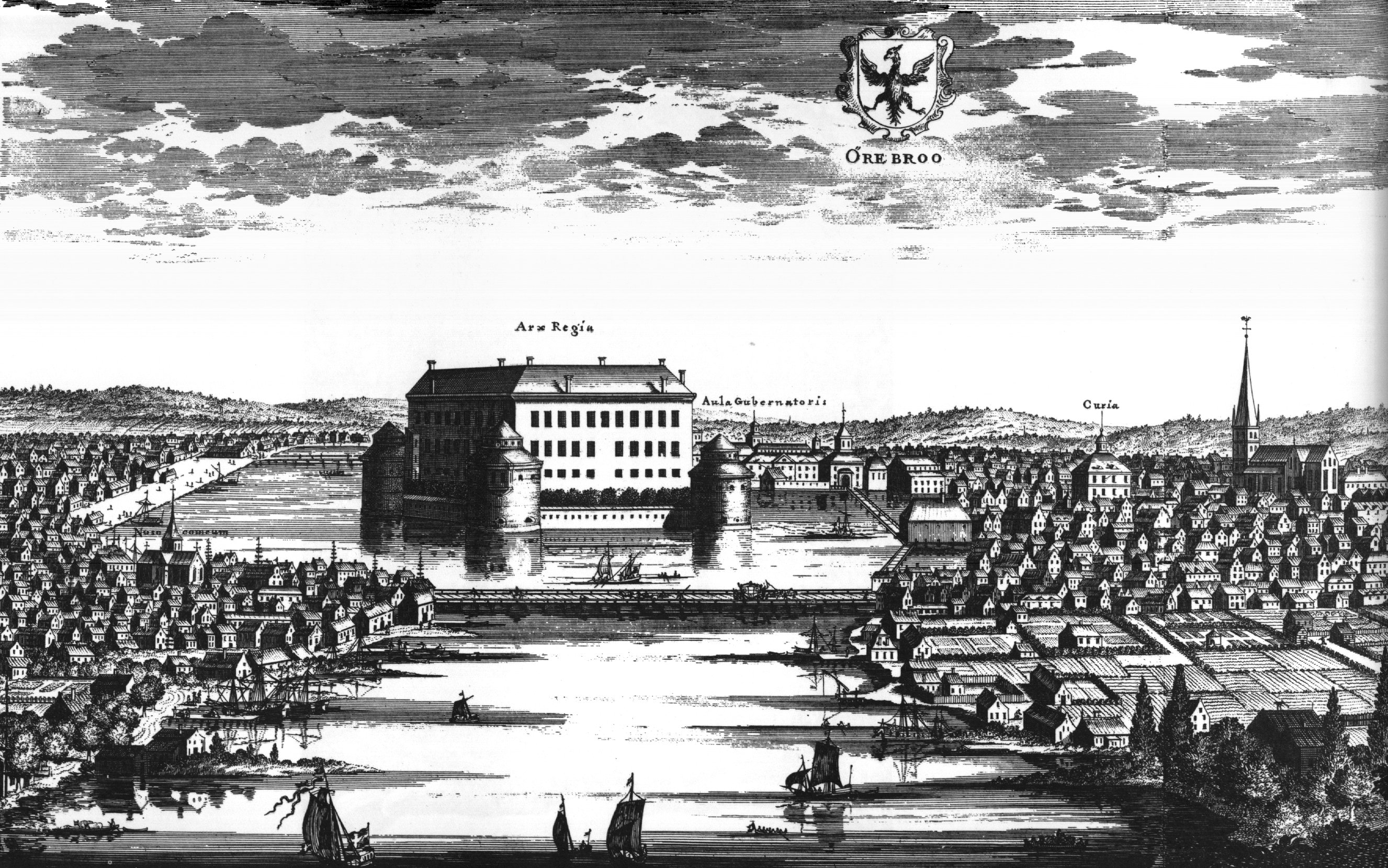|
Par Bricole
Par Bricole is a Swedish Bacchanalian order society for men only, founded in Stockholm on 15 May 1779 in Källaren Kejsarkronan at Drottninggatan 6. The main sources of inspiration were the Freemasons and Carl Michael Bellman's sayings about Bacchus. The name Par Bricole comes from a French billiards term, meaning "with bounce". Within the society, it is traditionally and a bit improperly interpreted instead as "by chance", actually "by detours", "indirectly", and is usually abbreviated "P.B." Par Bricole's mother lodge is still in Stockholm and is housed in the order's "tribal house" Bellmanhuset by Urvädersgränd. The order also has subsidiary lodges in Gothenburg (Göta Par Bricole), Vänersborg, Borås, Malmö, Jönköping, Sundsvall, and Örebro. Prehistory The first origin of the society was in a small circle of cheerful associates (among them Carl Israel Hallman), for whom the poet Carl Michael Bellman preferred his parody-humorous Acts concerning the Order of Ba ... [...More Info...] [...Related Items...] OR: [Wikipedia] [Google] [Baidu] |
Bellman Huset 2009a
Bellman may refer to: * Town crier, an officer of the court who makes public pronouncements * Bellhop, a hotel porter * Bellman (surname) * Bellman (diving), a standby diver and diver's attendant * Bellman hangar, a prefabricated, portable aircraft hangar * Bellman's Head, a headland point in Stonehaven Bay, Scotland Arts * ''The Bellman'' (film), a 1945 French drama film * The Bellman (character), a character in the ''Thursday Next'' novels * "Bellman", a character in Lewis Carroll's poem ''The Hunting of the Snark'' * Bellman Prize, a literature prize awarded by the Swedish Academy * Bellman joke, a type of Swedish joke * Zvončari, a Croatian folk custom Sciences * Bellman equation, a condition for optimality in dynamic programming *Hamilton–Jacobi–Bellman equation, a condition for optimality of a control with respect to a loss function *Bellman–Ford algorithm The Bellman–Ford algorithm is an algorithm that computes shortest paths from a single source vertex ... [...More Info...] [...Related Items...] OR: [Wikipedia] [Google] [Baidu] |
Abraham Niclas Edelcrantz
Abraham Niclas (Clewberg) Edelcrantz (28 July 1754 – 15 March 1821) was a Finnish born Swedish poet and inventor. He was a member of the Swedish Academy, chair 2, from 1786 to 1821. Edelcrantz was the librarian at The Royal Academy of Turku. In 1783 he moved to Stockholm to lead the Royal Theater and later work as the private secretary of the king Gustaf III. He is known for his experiment with the optical telegraph. He inaugurated his telegraph with a poem dedicated to the Swedish King on his birthday in 1794. The message went from the Palace in Stockholm to the King a ... [...More Info...] [...Related Items...] OR: [Wikipedia] [Google] [Baidu] |
Dionysian
The Apollonian and the Dionysian are philosophical and literary concepts represented by a duality between the figures of Apollo and Dionysus from Greek mythology. Its popularization is widely attributed to the work ''The Birth of Tragedy'' by Friedrich Nietzsche, though the terms had already been in use prior to this, such as in the writings of poet Friedrich Hölderlin, historian Johann Joachim Winckelmann, and others. The word Dionysian occurs as early as 1608 in Edward Topsell's zoological treatise, ''The History of Serpents''. The concept has since been widely invoked and discussed within Western philosophy and literature. In Greek mythology, Apollo and Dionysus are both sons of Zeus. Apollo, son of Leto, is the god of the sun, of rational thinking and order, and appeals to logic, prudence and purity and stands for reason. Dionysus, son of Semele, is the god of wine and dance, of irrationality and chaos, representing passion, emotions and instincts. The ancient Greeks d ... [...More Info...] [...Related Items...] OR: [Wikipedia] [Google] [Baidu] |
Djurgården
Djurgården ( or ) or, more officially, ''Kungliga Djurgården'' (), is an island in central Stockholm, Sweden. Djurgården is home to historical buildings and monuments, museums, galleries, the amusement park Gröna Lund, the open-air museum Skansen, the small residential area ''Djurgårdsstaden'', yacht harbours, and extensive stretches of forest and meadows. It is one of the Stockholmers' favorite recreation areas and tourist destinations alike, attracting over 10 million visitors per year, of which some 5 million come to visit the museums and amusement park. The island belongs to the National City park founded in 1995. Since the 15th century the Swedish monarch has owned or held the right of disposition of Royal Djurgården. Today, this right is exercised by the Royal Djurgården Administration which is a part of the Royal Court of Sweden. A larger area of the city, separated from Djurgården proper by Djurgårdsbrunnsviken is Norra Djurgården (''Northern Djurgården''), ... [...More Info...] [...Related Items...] OR: [Wikipedia] [Google] [Baidu] |
Royal Swedish Opera
Royal Swedish Opera ( sv, Kungliga Operan) is an opera and ballet company based in Stockholm, Sweden. Location and environment The building is located in the center of Sweden's capital Stockholm in the borough of Norrmalm, on the eastern side of Gustav Adolfs torg across from the former Arvfurstens Palats, now Ministry for Foreign Affairs. It lies on the north side of the Norrström river and is connected to the Royal Palace through the Norrbro bridge. Further historically as well as architecturally important buildings in the close neighborhood are the Sager House, official residence of the Prime Minister of Sweden, and the Riksdag building. History The opera company was founded with the Royal Swedish Academy of Music by King Gustav III and its first performance, ''Thetis and Phelée'' with Carl Stenborg and Elisabeth Olin, was given on 18 January 1773; this was the first native speaking opera performed in Sweden. But the first opera house was not opened until 1782 and s ... [...More Info...] [...Related Items...] OR: [Wikipedia] [Google] [Baidu] |
Fredrik August Dahlgren
Fredrik August Dahlgren (20 September 1816 – 16 February 1895) was a Swedish writer, playwright and songwriter. Biography Dahlgren was born in Nordmark parish in Värmland, Sweden. He was the son of Barthold Dahlgren, the manager of the mines at Taberg, and Anna Carolina Svensson. After finishing school at Karlstads gymnasium in Karlstad, he matriculated at Uppsala University in 1834, completing a filosofie magister degree in 1839. In 1841 he was hired at the Ministry of Education and Ecclesiastical Affairs where he served until 1848. He served in the National Archives of Sweden from 1848. He became chancellor in 1862 and in 1871 secretary of the ecclesiastical ministry. In 1874, Dahlgren became Acting Head of the Office for Health and Poverty Affairs and Chancellor in 1878. He was a member of the Swedish Academy (1871–1895), where he occupied seat 6. Dahlgren is best remembered for writing two popular Swedish folk songs. Together with Anders Fryxell (1795–1881), he ... [...More Info...] [...Related Items...] OR: [Wikipedia] [Google] [Baidu] |
Valerius
The gens Valeria was a patrician family at ancient Rome, prominent from the very beginning of the Republic to the latest period of the Empire. Publius Valerius Poplicola was one of the consuls in 509 BC, the year that saw the overthrow of the Tarquins, and the members of his family were among the most celebrated statesmen and generals at the beginning of the Republic. Over the next ten centuries, few gentes produced as many distinguished men, and at every period the name of ''Valerius'' was constantly to be found in the lists of annual magistrates, and held in the highest honour. Several of the emperors claimed descent from the Valerii, whose name they bore as part of their official nomenclature.''Dictionary of Greek and Roman Biography and Mythology'', vol. III, pp. 1215, 1216 ("Valeria Gens"). A number of unusual privileges attached to this family, including the right to burial within the city walls, and a special place for its members in the Circus Maximus, where the u ... [...More Info...] [...Related Items...] OR: [Wikipedia] [Google] [Baidu] |
Lars Hjortsberg
Lars Hjortsberg (22 November 1772 – 8 July 1843) was a Swedish stage actor. He belonged to the pioneer generation of elite actors of the Royal Dramatic Theatre and has, alongside Emilie Högquist, been referred to as the most famous Swedish actor of the first half of the 19th-century. Biography Lars Hjortsberg was one of six children to the stone mason Laurentius (Lars) Hjortsberg and the opera singer Maria Lovisa Schützer: he was the brother of the ballerina Hedda Hjortsberg and the actor Magnus Hjortsberg. He married Sofia Katarina di Dosmo, daughter to an Italian employee of the royal stables, and became the father of actor Carl Edvard Hjortsberg (1804–1857) and father-in-law of Fanny Westerdahl. He and his wife where widely known for their hospitality and their home was a center of the social life of the theater world. Court service He was noticed by the theatrically interested King Gustav III of Sweden, who saw a great dramatic talent in him, and hired him at ... [...More Info...] [...Related Items...] OR: [Wikipedia] [Google] [Baidu] |
Örebro
Örebro ( , ) is the List of urban areas in Sweden by population, sixth-largest city in Sweden, the seat of Örebro Municipality, and capital of the Örebro County. It is situated by the Närke Plain, near the lake Hjälmaren, a few kilometers inland along the small river Svartån, Närke, Svartån, and has a population of approximately 126,000 in the city proper. It is one of the largest inland hubs of the country, and a major Logistics, logistic and commercial operating site. Örebro is home to Örebro University, a Örebro University Hospital, major university hospital, a Örebro Castle, medieval castle, the water park Gustavsvik as well as several large shopping malls and the Oset-Rynningeviken nature reserve at the lakefront. Örebro is served by Örebro Airport 10 km (6 mi) southwest of the city, and by Örebro Central Station, serviced by the Mälaren Line and Western Main Line. Etymology The name ''Örebro'' refers to a bridge (') crossing the river Svartån, Närke, S ... [...More Info...] [...Related Items...] OR: [Wikipedia] [Google] [Baidu] |
Sundsvall
Sundsvall () is a city and the seat of Sundsvall Municipality in Västernorrland County, Sweden. It has a population of 58,807 as of 2020; more than 95,000 live in the municipal area. It is Sweden's 21st largest city by population. History The town was chartered in 1621, and a first urban plan for Sundsvall was probably created by Olof Bure in 1642, less likely in 1623.Nils Ahlberg''Stadsgrundningar och planförändringar : Svensk stadsplanering 1521–1721'', avhandling vid Institutionen för landskapsplanering Ultuna och Konstvetenskapliga institutionen, Stockholms universitet 2005, s. 550 It has a port by the Gulf of Bothnia, and is located 395 km north of Stockholm. The city has burned down and been rebuilt four times. The first time, in 1721, it was set on fire by the Russian army during the Russian Pillage of 1719-1721. left, The city was burnt on 25 June 1888. According to one historian, Swedish industrialism started in Sundsvall when the Tunadal sawmill bough ... [...More Info...] [...Related Items...] OR: [Wikipedia] [Google] [Baidu] |
Jönköping
Jönköping (, ) is a city in southern Sweden with 112,766 inhabitants (2022). Jönköping is situated on the southern shore of Sweden's second largest lake, Vättern, in the province of Småland. The city is the seat of Jönköping Municipality, which has a population of 144,699 (2022) and is Småland's most populous municipality. Jönköping is also the seat of Jönköping County which has a population of 367,064 (2022). Jönköping is the seat of a district court and a court of appeal as well as the Swedish National Courts Administration. It is the seat of the Swedish Board of Agriculture. County government The Jönköping municipality has its headquarters in a place called "rådhuset". Rådhuset is an important component of the function of the municipality as it works as a state office for different departments of and in jönköping. Rådhuset is dependent on the municipality but is its own entity, the head of the rådhuset has political power but is not the head of the jö ... [...More Info...] [...Related Items...] OR: [Wikipedia] [Google] [Baidu] |





_denarius.jpg)



